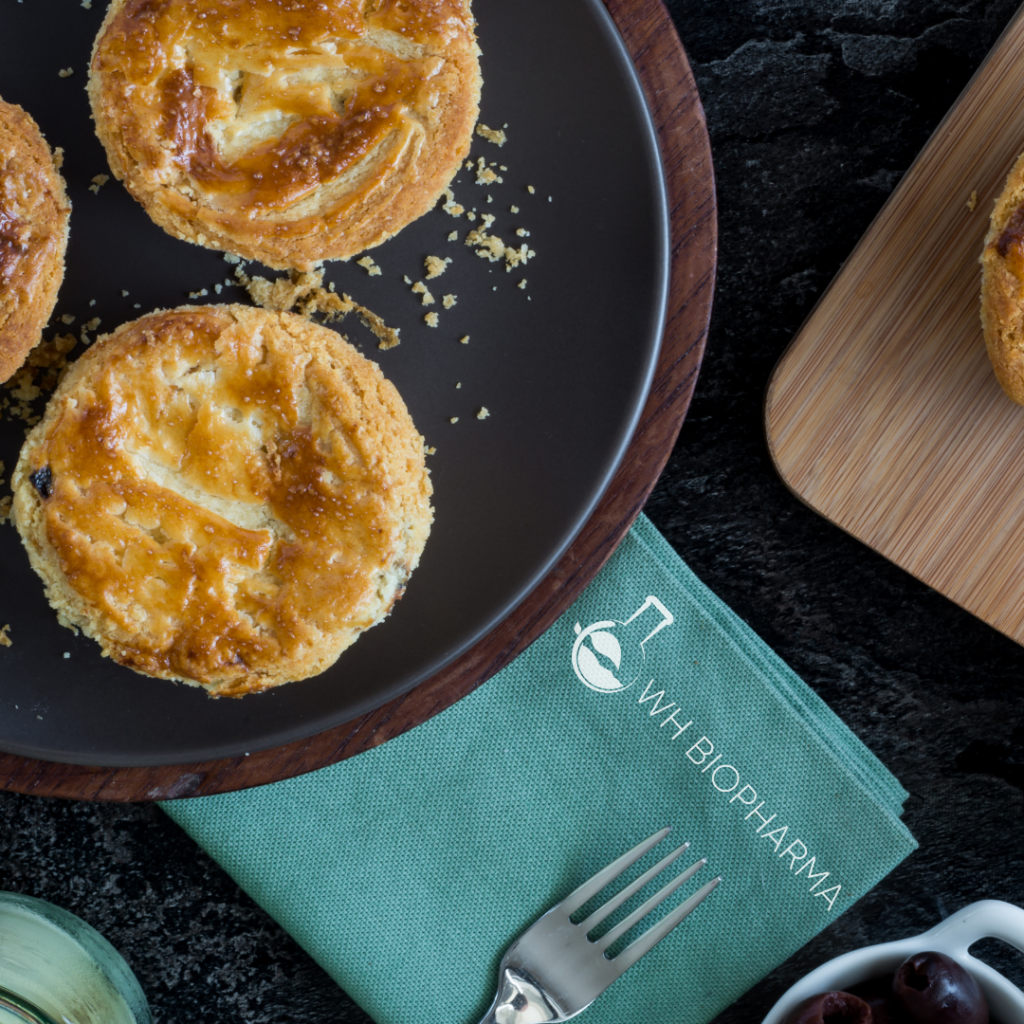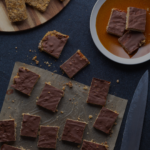In a world where dietary preferences are as diverse as the array of baked goods on a bakery shelf, the ketogenic diet has emerged as a revolutionary way of eating that prioritizes low-carb, high-fat, and moderate protein intake. While this might seem like an antithesis to the world of baked goods, where carbohydrates and sugars traditionally reign, the ingenuity of culinary enthusiasts has birthed a new realm: keto baked goods.
The Keto Philosophy: Low-Carb Magic
The ketogenic diet, often simply referred to as keto, revolves around the principle of reducing carbohydrate intake to induce a state of ketosis. During ketosis, the body shifts its primary energy source from glucose (sugar) to fat, leading to the breakdown of stored fat for energy. This metabolic shift has led to incredible weight loss and health benefits for many adherents.
Traditionally, baked goods are loaded with refined flours and sugars, both of which are decidedly high in carbohydrates. Enter keto baking, which involves substituting these carb-heavy ingredients with innovative alternatives. Almond flour, coconut flour, and flaxseed meal, for example, step in to replace wheat flour. Erythritol, stevia, and monk fruit are used instead of granulated sugar. The result? Baked goods that retain their comforting flavors and textures, but with significantly fewer carbs.
Mastering the Art of Keto Baking

Keto baking is an art that requires a fusion of creativity and precision. Almond flour, with its nutty richness and subtle sweetness, is a staple in many keto recipes. It offers a unique texture that, when combined with eggs and fats like butter or coconut oil, can produce remarkably tender and moist treats. Coconut flour, on the other hand, is highly absorbent and demands a careful balance of moisture to avoid dryness.
Keto baking is a culinary journey that combines science, creativity, and a passion for delectable delights. It’s a world where almond flour and coconut oil take center stage, where erythritol and stevia dance together to create sweetness, and where the mastery of technique results in keto baked goods that rival their carb-laden counterparts. In this segment, we delve deeper into the essential techniques and principles that will guide you towards becoming a keto baking maestro.
Ingredient Alchemy: Flour Alternatives and Binders
The cornerstone of keto baking is the substitution of traditional flours with low-carb alternatives. Almond flour, with its nutty flavor and versatile texture, is a popular choice. Its moisture-retaining properties can yield moist and tender baked goods. On the other hand, coconut flour, though absorbent, requires more liquid due to its high fiber content.
To ensure the right consistency, consider using xanthan gum or psyllium husk powder as binders. These ingredients mimic gluten’s binding properties, resulting in a more cohesive dough.
Balancing Sweetness: Keto-Friendly Sweeteners
The realm of sweeteners in keto baking is a delicate one. Erythritol, a sugar alcohol, is often used due to its low glycemic impact and minimal aftertaste. Stevia, a natural plant-based sweetener, is intensely sweet, requiring only a small amount. Combining these sweeteners can help mitigate any potential off-flavors.
However, avoid overusing sweeteners, as some can leave a cooling effect or cause digestive discomfort. It’s all about finding the right balance to achieve that perfect sweetness.
Egg-celent Binding and Moisture
Eggs play a vital role in keto baking, providing structure, moisture, and richness. They act as binding agents, especially in recipes that lack gluten. For a lighter texture, separate the egg whites and whip them to soft peaks before gently folding them into the batter.
Remember, egg size matters. Large eggs are the standard in most recipes, but when in doubt, weigh your eggs for precision.
Fats: The Secret to Lusciousness
Fats are your best friend in keto baking. They add moisture and richness, ensuring your treats don’t turn out dry. Butter, coconut oil, and ghee are popular choices. Melted and cooled fats are often preferred, as they incorporate more evenly into the batter.
Rising to the Occasion: Leavening Agents
Leavening agents like baking powder and baking soda are key to achieving that desired rise in keto baked goods. Since traditional flours aren’t present, these agents play a more prominent role in texture development. Check the expiration date of your leavening agents to ensure their effectiveness.
Texture and Appearance: Oven Temperatures and Timing
Keto baked goods can have slightly different baking times and temperatures. The absence of gluten means less structure, so keep a watchful eye on your creations to avoid over-baking. Tenting with foil can prevent excessive browning.
The Sugar Dilemma: Sweetening the Deal

One of the most intriguing aspects of keto baking is the transformation of sugary indulgences into guilt-free pleasures. Traditional granulated sugar is replaced by sweeteners that don’t spike blood sugar levels, making them ideal for keto enthusiasts. Erythritol, a sugar alcohol, and stevia, a natural plant-based sweetener, are popular choices due to their minimal impact on blood sugar.
Understanding the different properties of these sweeteners is crucial. Some, like erythritol, can have a cooling effect when used in excess, while others, like stevia, can be intensely sweet, requiring careful measurement. By blending sweeteners strategically, keto bakers can achieve a well-balanced sweetness that satisfies cravings without the carb overload.
Recipes to Savor: Keto Baked Goods Galore
No exploration of keto baked goods would be complete without a tantalizing peek into the array of treats awaiting indulgence. From the comforting embrace of almond flour chocolate chip cookies to the savory delight of cheddar and chive biscuits, the keto baking repertoire is vast and varied.
Imagine sinking your teeth into a perfectly moist keto chocolate cake, its richness heightened by the velvety ganache made from dark chocolate and heavy cream. Or perhaps a slice of zesty lemon poppy seed bread, its bright flavors dancing on your palate, delivering joy without the guilt.
The world of keto baked goods is a testament to human innovation and the relentless pursuit of culinary pleasure without compromise. Through a delicate balance of ingredients, an understanding of their roles, and a dash of creativity, bakers have unlocked a realm of deliciousness that adheres to the principles of the ketogenic diet.
So, whether you’re a seasoned keto enthusiast or simply someone curious about new dietary frontiers, keto baked goods offer a symphony of flavors and textures that defy convention. They invite you to indulge, guilt-free, and to savor the magic that unfolds when ingenuity meets the desire for delectable treats on a low-carb journey.





